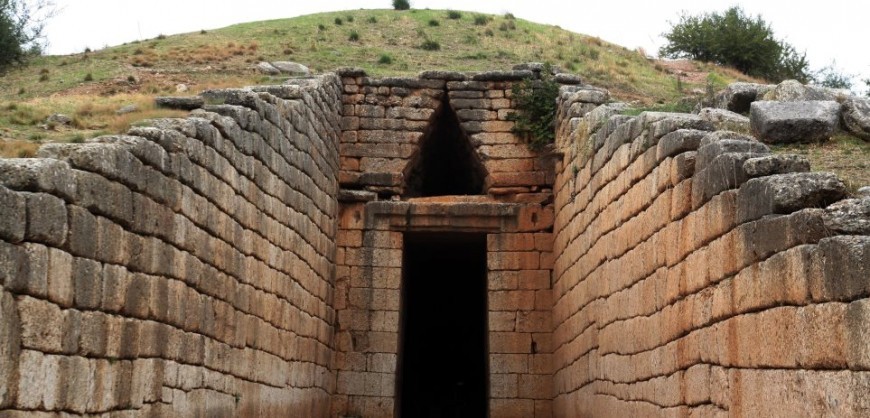For many years, the prevailing theory on how the Mycenaean civilisation collapsed was that devastating earthquakes led to the destruction of the palaces in the Peloponnese around 1,200 BC.
However, new evidence suggests that some type of internal uprising or an external invasion might have cause the downfall of the Mycenaean civilisation.
From 2012, a team led by German archaeologist Joseph Maran of Heidelberg University and geophysicist Klaus-G. Hinzen has been conducting research in Tiryns and Midea. The results of their research were published in the Bulletin of the Seismological Society of America.
“Although some of the observations from the two investigated citadels could be explained by seismic loading, alternative nonseismic causes could equally explain most observed damage. In some cases, the structural damage was clearly not caused by earthquakes”, they wrote in the study, adding that: “Our results indicate that the hypothesis of a destructive earthquake in Tiryns and Midea, which may have contributed to the end of the LBA Mycenaean palatial period, is unlikely”.































